Whether you are relatively new to tea drinking or consider yourself to be a connoisseur, it is no secret that the language of tea is rather complicated. Our goal with creating this tea glossary is to help demystify tea and the words used to describe it. We recommend bookmarking this page so you can refer to it when questions arise or print it off and place it on your fridge to learn as you steep. Either way, we hope you find this tea terminology guide to be a helpful resource on your tea journey.
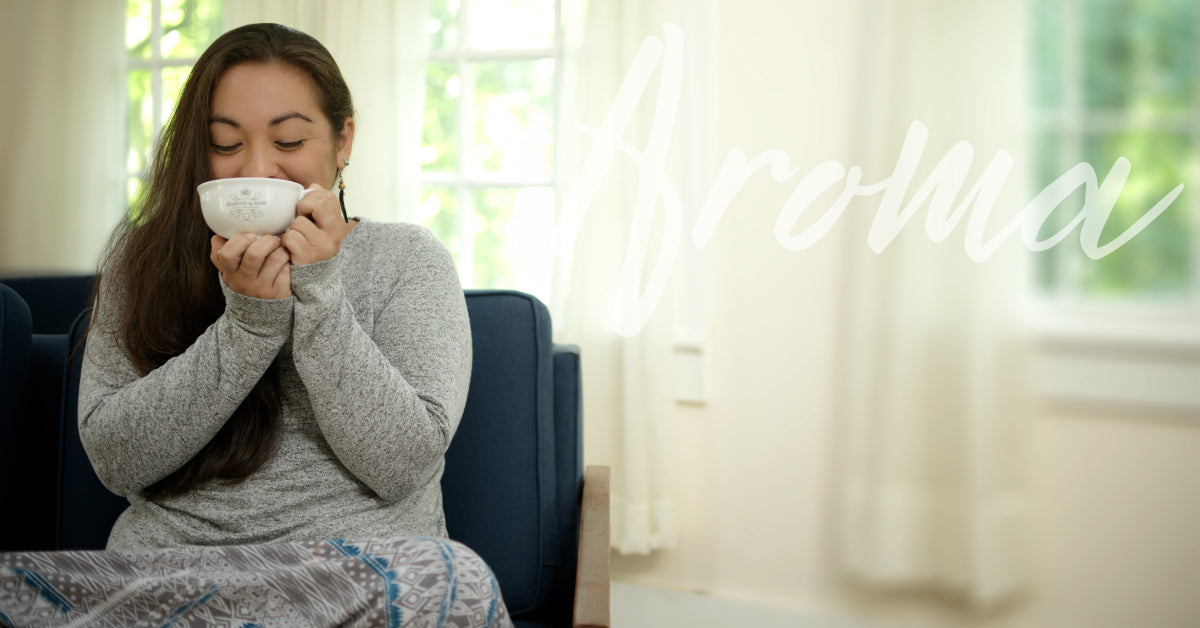
- Aroma - Smell or “nose”. One of the most prized parts of the tea.
- Art Tea - These teas open to reveal beautiful flowers when submerged in water.
- As the Tea Steeps - A Harney family podcast that launched in 2017.
- Bitter - An intense flavor that is sometimes unappealing.
- Black - Black teas range from mellow teas from China to full-bodied teas from Assam, India. They are often enjoyed with milk and sugar. Black teas are withered, rolled, fully oxidized, and fired in an oven. This process creates warm toasty flavors. In the best teas, complex flavors develop that are reminiscent of honey, malt, and cocoa.
- Blend - A mixture of teas from several different regions or origins to achieve a certain flavor profile.
- BLT - British Legacy Teas refers produced in the former British colonies of India and Sri Lanka (Ceylon), they are produced using the methods that the British developed.
- Body - Refers to whether or not a tea feels thick in the mouth. For example, cream is thicker than skim milk.
- BOP - Broken Orange Pekoe. This is a more formal way of classifying small tea leaf particles
- Briskness - Refers to a tea’s ability to make your mouth pucker, also known as astringency.
- Broken - Small tea leaf particles that brew quickly
- Caffeine - A chemical that the plant uses to protect against insects and we find stimulating.
- Camellia Sinensis - A plant whose leaves are used to produce tea. There are many varieties.
- Clean - Flavor that is pure and does not have any off-tastes.
- Cut-Tear-Curl - Also known as CTC. It is a method of tea processing resulting in broken leaves. It is seen most often in Assam teas.
- Dust - The smallest tea particles created during the Rolling process. It makes for a thin and unpleasant cup of tea, and are not used by Harney & Sons.
- Earthy - Nature-inspired taste or aroma. The flavors that are desired in Puerh tea from Yunnan.
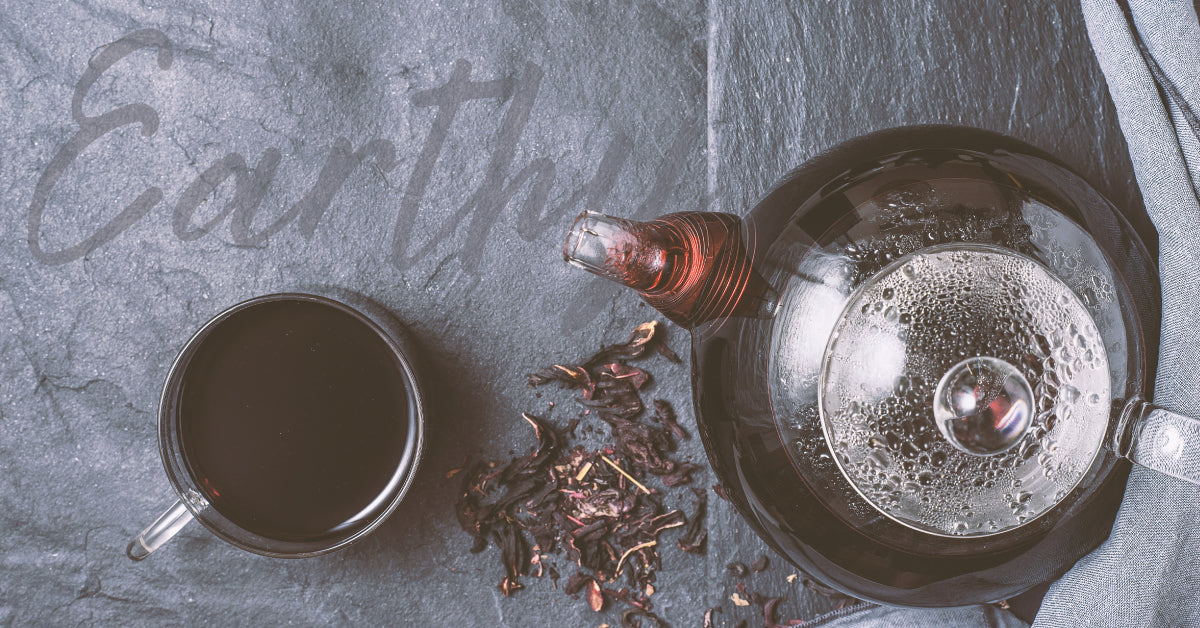
- Estate or Garden - Farm or plantation where tea is grown in India and Sri Lanka. In anglophilic countries, we often refer to them as estates because the manager and many of the workers live on the estate. The terminology garden dominates in countries like China and Japan, where workers live off-site, and may not even process their own leaves.
- Fair Trade - Program intended to provide employees with financial assistance to make their lives better. This is a premium amount of money on top of the cost of the tea.
- Fannings - Very small particles of tea used in our teabags. The name refers to the large fans that were used to separate them from other sizes of tea leaves.
- Firing - The drying of teas to 3% moisture. Originally this was done over charcoal and this can still be found occasionally. Now it is mostly in ovens. The heat often creates a flavor that is desirable.
- First Flush - The very first plucking of a tea plant’s harvest season. The tea plant uses stored energy from the previous season. Often this is the best tea.
- Fixed Green - Tea that has been heated enough that some of the enzymes are destroyed and can not turn a leaf brown or black.
- Flavored Tea - Blending different varieties of teas with fabulous spices, natural flavors, flowers and dried fruits. Harney & Sons is most famous for these types of teas.
- Flavor - The combination of Aroma and Taste
- Flowery - A tea with a floral taste or aroma (flavor). An example is the Wenshan Baozhong, which has flavors that remind people of gardenias.
- Fruit - These herbal teas are bright red in color when they are brewed.
- FTGFOP- Fancy Tippy Golden Flowery Orange Pekoe is a classification of full leaf tea that looks look pleasing and has some of the tea buds that give sweetness. Usually, this is a sign of a great tea.
- Full Leaf - Larger tea leaves that can be more mellow and elegant.
- Grassy - Tea that tastes like grass and not very pleasant. It is a sign of summer teas.
- Green - These are the most ancient of teas with a distinctive color. Originally from China, they were also transplanted to Japan many centuries ago. Green tea production methods vary but the focus is always to fix the green color. Thus, green teas are fixed green and not oxidized.
- Gunpowder - This type of Green tea has been rolled into pellets and dried in a hot tumbler making a charred vegetable flavor.
- Herbals - Also known as infusions, tisanes or “teas”, these exclusive brews and blends are caffeine-free and made from bark, flowers, leaves and seeds. Herbals have a long tradition in many cultures and are fun to explore in ours.
- Leaf grades - Chinese black teas had always consisted of whole leaves, but the mechanical rollers used by Indian and Sri Lankan tea makers under British rule generated a plethora of leaf particles. To distinguish them from one another, they developed the letter system below:
- Liquor - The liquid brew that you drink
- Loose Teas - Dried tea leaves sold in a container rather than tea bags.
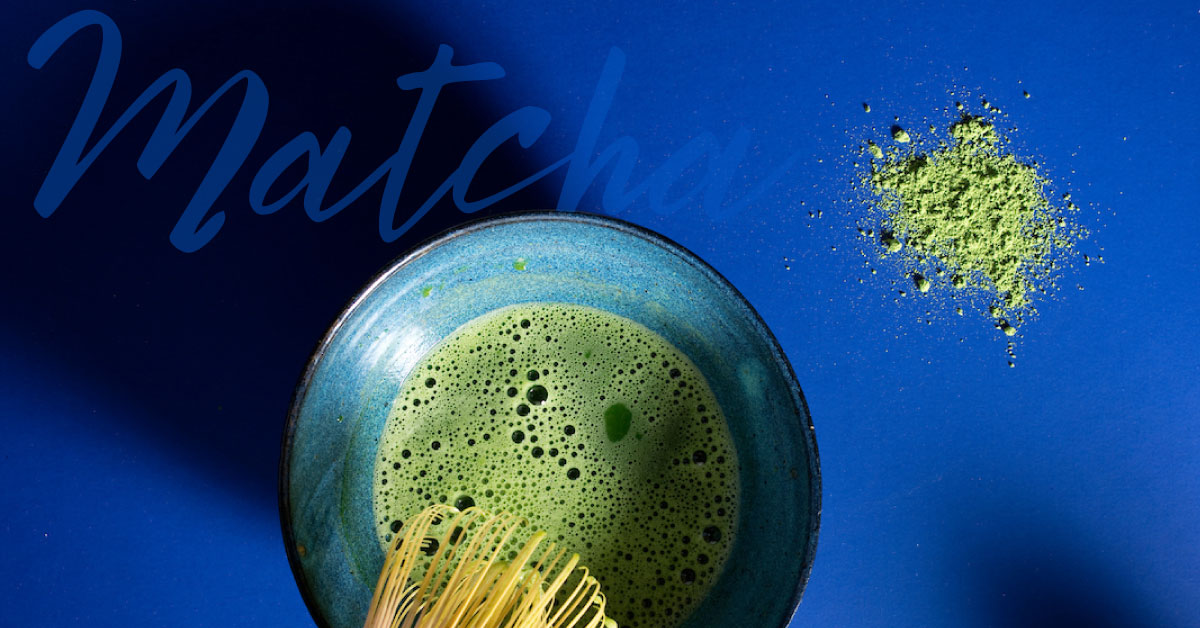
- Matcha - A powdered green tea made from plants that have grown in the shade, packed with antioxidants. The best is made in Uji, Japan.
- Meaty - A term that is often used to describe hearty or heavy-tasting Indian teas.
- Mike’s Tea Ratings - A tea rating system developed by Mike Harney. Michael Harney rates many of our teas on three attributes - briskness, body and aroma. A rating of 0 indicates the tea has none of the particular characteristics and a rating of 5 indicates that it is a primary characteristic.
- Nutty - Teas that taste like almonds, hazelnuts, walnuts and more. Lung Ching has a nutty flavor from the reaction of the sugars and proteins when dried on a very hot surface.
- Oolong - These teas are semi-oxidized, so neither green nor black, but somewhere in between. They likely first appeared 300 years ago in China’s coastal Fujian province. Later they were transplanted to the island off China called Taiwan. Repeated rolling brings the tea to the desired level of oxidation. All this work makes for very fragrant teas that are light in body with fragrant flavors of peaches or tropical flowers.
- Orange Pekoe (OP) - This refers to large tea leaves. It can often be used to classify better teas. Orange refers to the royal House of Orange in the Netherlands that was important at the beginning of tea drinking in Europe. Pekoe is a mispronunciation of a Chinese word referring to hairy tea buds, which is a sign of quality.
- Organic - Certified Organic teas are grown in accordance with the agricultural guidelines set by the USDA (National Organic Program or NOP) and other certifying bodies. These guidelines look to eliminate artificial fertilizers and pesticides.
- Oxidation - When tea leaves are damaged and start a series of chemical reaction (the plant uses this to defend itself against insects). The tea leaves start to turn brown or black. This is what happens when you cut an apple. The speed of this oxidation determines the briskness of your tea. Faster oxidation makes a tea brisker, while slower oxidation makes a tea more mellow. For many years this has been mistakenly called Fermentation.

- Pluck - Harvesting or picking tea.
- Rolling - After withering the limp tea leaves are rolled. Originally it was done in the hand of a skilled tea master. Today, this is done mostly by a machine and this gives your tea its shape: straight, curled or a ball. For oolongs and black teas, this allows for a more uniform oxidation. Also, the extreme pressure of rolling breaks up the tea leaves creating the different sizes: Orange Pekoe (OP), Broken Pekoe, Fannings and Dust.
- Slurp - Our tea testers do this when they are tasting tea to unlock the full taste, smell and flavor of the tea. Like wine tasting, they are trying to make a liquid into a gas, so it can be a smell. The nose is a more sophisticated organ.
- Spinachy Flavors - These are pleasant vegetal flavors (also reminiscent of seaweed) that are a sign of a good spring tea made in Japan.
- Stone Fruit Flavors - These flavors are reminiscent of fruits that have a pit or stone like plums, peaches or cherries. These are often found in oolongs.
- Taste - What your mouth tells you when you drink tea. Your tongue can sense sweet, sour, bitter, salt and Umami. When these sensations are combined with Aroma, you have the flavors of tea
- Tea - An infusion made from the dried leaves of a flowering evergreen plant camellia sinensis.
- Tisane - An herbal tea.
- White - This type of tea is among rarest in the world. They are the least processed. White tea is made of hand plucked, unopened buds, and often loaded with tiny, downy hairs. It brews up a subtle blend of sweetness and vegetal flavors. White teas are grown all over the world, however, the best come from Fujian province in China and Sri Lanka in South Asia.
- Withering - After a tea is plucked many reactions start. One is the evaporation of moisture, which is where the name withering comes from. However, there are many more reactions that affect tea. For instance, First Flush Darjeeling is usually best when the leaves have been withered for a long time (high withering). This makes that tea brisker and creates little dried green flakes.
Want to learn even more about the world of tea? We recommend reading a few of our favorite posts below:













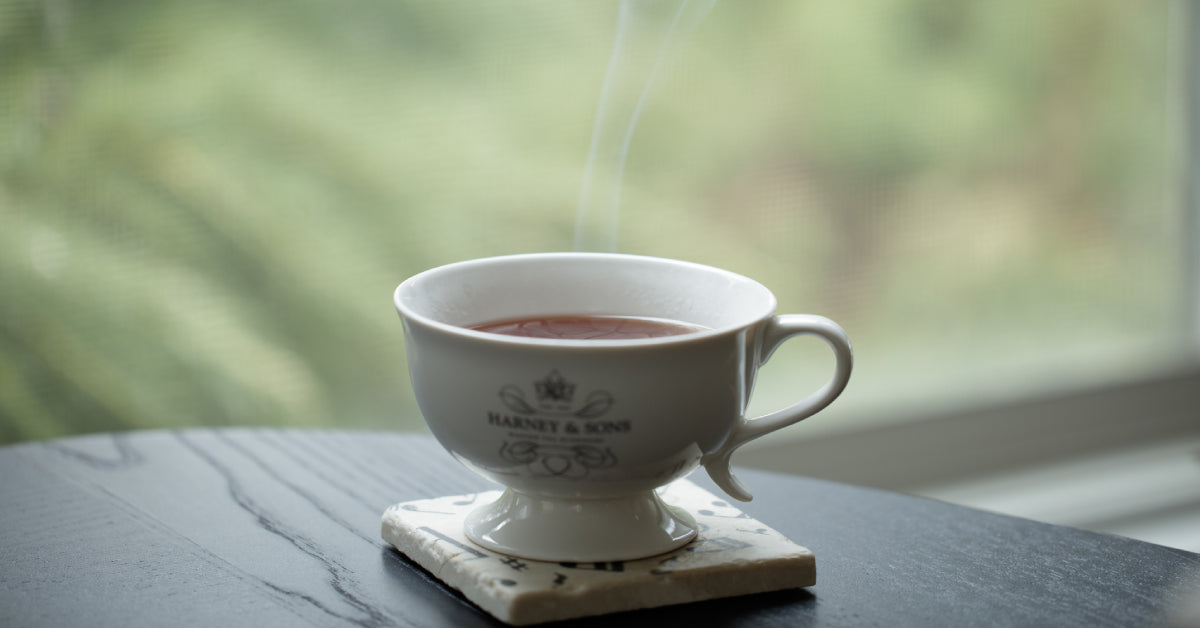
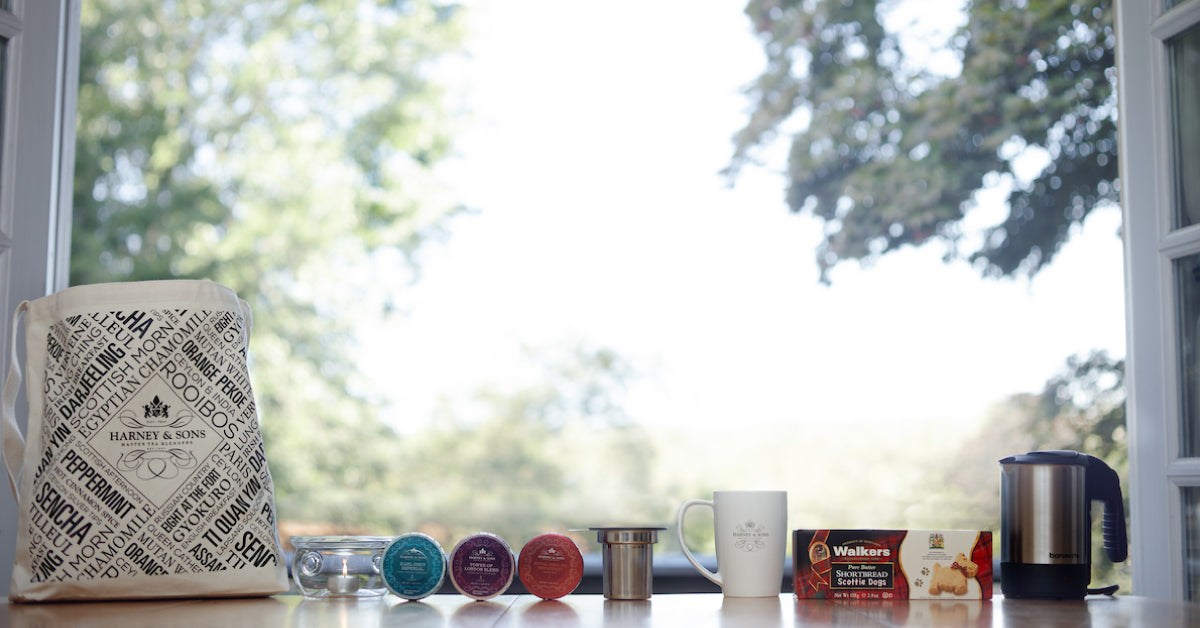
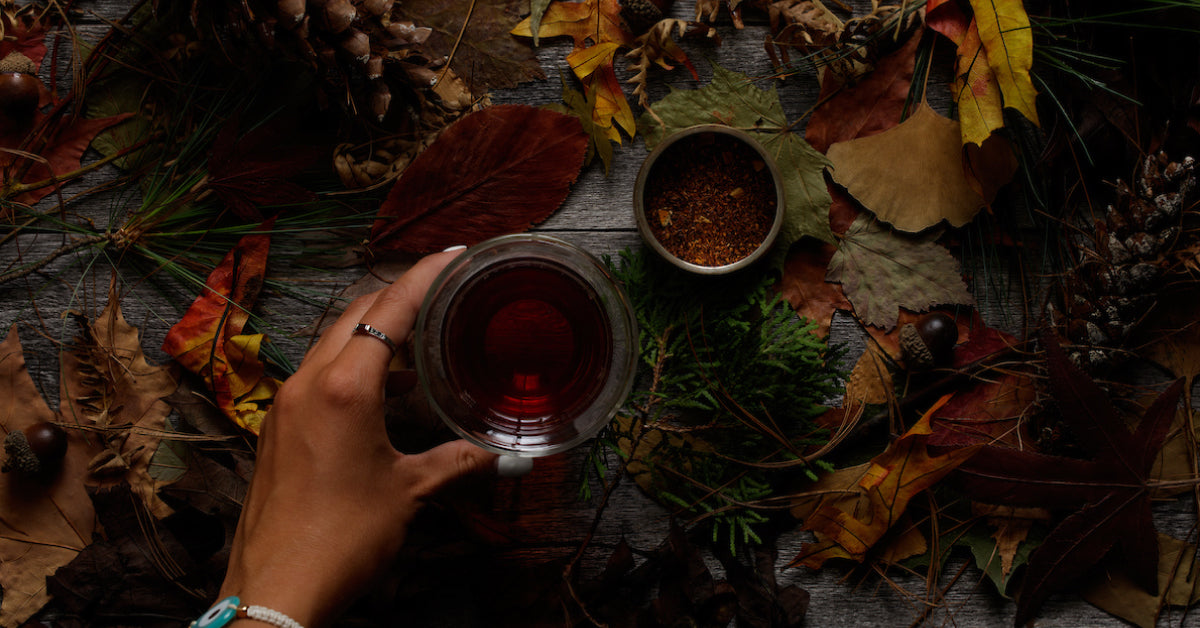
7 comments
Sandy
Thank you for the readable information about tea. It also shows me that your company has a passion for the great gift of tea.
Thank you for the readable information about tea. It also shows me that your company has a passion for the great gift of tea.
Donna Neal
Very informational. Love your teas.
Very informational. Love your teas.
LaNora Auriene
Fantastic, informative listing. Is there a possibility that this could be published, even laminated?. I’d love to share and inform others who also love their tea.. Miss so much the sharing time compromised by pandemic. Have friends young and old, male and female who share the time, taste, and friendly experience of tea.
Fantastic, informative listing. Is there a possibility that this could be published, even laminated?. I’d love to share and inform others who also love their tea.. Miss so much the sharing time compromised by pandemic. Have friends young and old, male and female who share the time, taste, and friendly experience of tea.
Candace M Welsh
Interesting and helpful. Thanks!
Interesting and helpful. Thanks!
Gail Oliver
This list is just what I needed. It’s on my ’frig. My favorite tea, today :), Cranberry Autumn.
This list is just what I needed. It’s on my ’frig. My favorite tea, today :), Cranberry Autumn.
Debra Wilson
I just love harney & sons delightful teas! I will continue to purchase them! I
I just love harney & sons delightful teas! I will continue to purchase them! I
James Blanchard
Thanks for all your work,very helpful.
Thanks for all your work,very helpful.